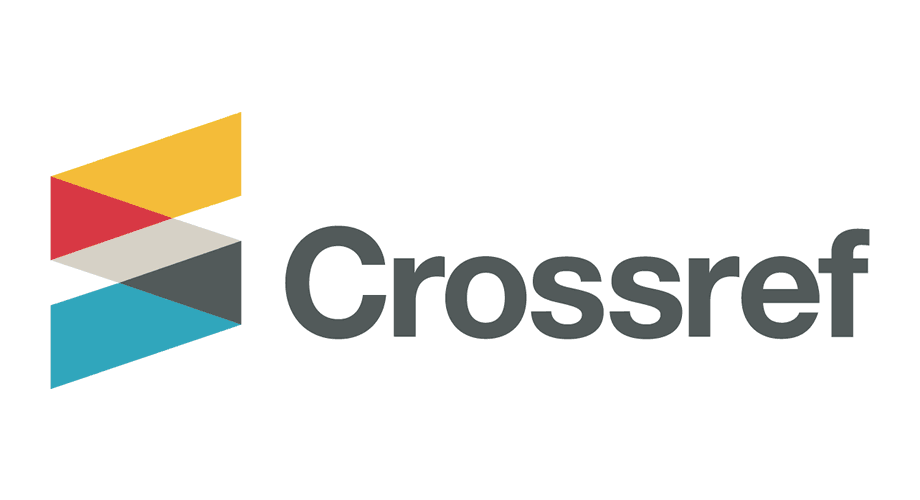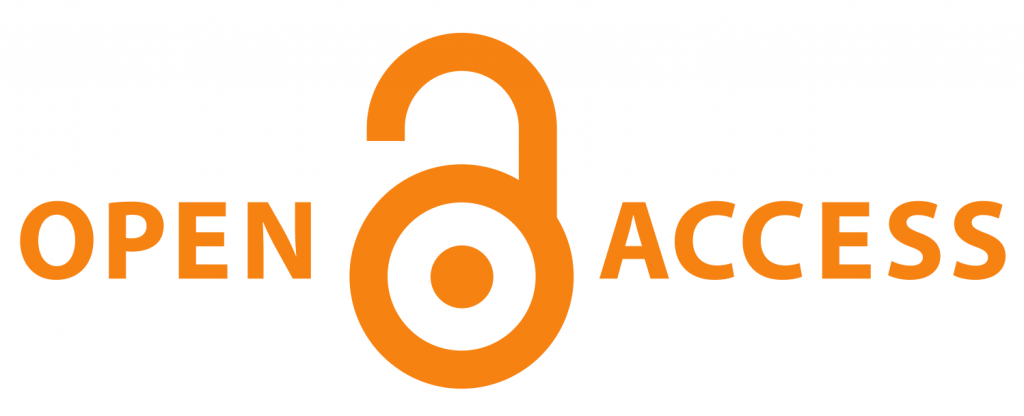Insight into Ayurvedic management of PCOS through Shodhana and Shamana Chikitsa
DOI:
https://doi.org/10.21760/jaims.10.8.60Keywords:
PCOS, Pushpagni Jathaharini, Nashtartava, Artava Kshaya, Granthi, Sthoulya, Shamana Chikitsa, Shodhana ChikitsaAbstract
The female reproductive system is primarily controlled by hypothalamo - pituitary - ovarian (HPO) axis. Alterations in the proper functioning of HPO axis can leads to metabolic and endocrine disorders such as PCOS (polycystic ovary syndrome). It is characterized by menstrual irregularities, hyperandrogenism and polycystic ovarian morphology. As it is a syndrome, to find out an exact ayurvedic co-relation is difficult. The various conditions associated with PCOS shows similarities with Pushpagni Jathaharini, Nashtartava, Artava Kshaya, Granthi, Sthoulya etc. In the present case, a 23-year-old female patient complains of irregular menstrual cycle with the interval of 2-3 months along with heavy bleeding during periods for 7-8 days duration and polycystic ovaries seen in ultrasonography report in the last 5 years associated with sudden weight gain. Both Shodhana and Shamana Chikitsa adopted in this condition. Improvement was noted in both the symptoms as well as in USG report.
Downloads
References
Deswal R, Narwal V, Dang A, Pundir CS, et al. The prevalence of polycystic ovary syndrome: A brief systemic review. Int J Curr Res Rev. 2020 Oct–Dec;13(4):261–71.
Dey R, Bhattacharya K, Syamal AK. Inflammatory perspectives of polycystic ovary syndrome: Role of specific mediators and markers. Middle East Fertil Soc J. 2023;28:33.
Konar H. Dutta’s textbook of gynecology. 7th ed. New Delhi: Jaypee Brothers Medical Publishers; Chapter 29. p. 378.
Sharma HR. Kashyapa Samhita Kalpa Sthana. In: Bhishagacharya SS, editor. Vidyotini Hindi commentary. 9th ed. Varanasi: Chaukhamba Sanskrit Sansthana; 2004. Chapter 6/33. p. 192.
Acharya N. Sushruta Samhita Sharira Sthana. In: Dalhanacharya, Nibandhasangraha commentary. Varanasi: Chaukhambha Krishnadas Academy; 2004. Chapter 2/21. p. 346.
Murthy KRS. Sushruta Samhita Sutra Sthana. Varanasi: Chaukhambha Orientalia; 2008. Chapter 15/12. p. 101.
Murthy KRS. Sushruta Samhita Nidana Sthana. Varanasi: Chaukhambha Orientalia; 2008. Chapter 11/3. p. 532.
Sharma PV. Charaka Samhita Sutra Sthana. In: Sastri K, Vidyotini Hindi commentary. 8th ed. Varanasi: Chaukhamba Sanskrit Sansthana; 2004. Chapter 21/9. p. 179.
Sen GD. Bhaishajya Ratnavali. Vol. 1. In: Rao GP, English translation and commentary. Varanasi: Chaukhambha Orientalia; 2014. Chapter 8/26–27. p. 301.
Dev N, Kumar SJ, Rai NS. A comparative clinical study on the effectiveness of Udvartana with Siravyadha in the management of Sirajagranthi (varicose vein). Int Ayur Med J. 2020 Nov. doi:10.46607/iamj1108112020.
Tripathi B. Astanga Hridaya of Shrimadvagbhata Sutra Sthana. Vol. 1. In: Nirmala, Hindi commentary. Delhi: Chaukhamba Sanskrit Pratishthan; 2011. Chapter 5/55–56. p. 77.
Hadipour E, Emami SA, Tayarani-Najaran N, Tayarani Z, et al. Effects of sesame (Sesamum indicum L.) and bioactive compounds (sesamin and sesamolin) on inflammation and atherosclerosis: A review. Food Sci Nutr. 2023 May 22;11(7):3729–57. doi:10.1002/fsn3407.
Haider F, Riaz S, Shakeel R, Hafeez K, et al. Investigation of phytoestrogens found in sesame seeds via computational and translational approaches. BioSci Rev. 2023;5(4):53–68. doi:10.32350/bsr.54.05.
Santosh PR, Jaiswal D, Amrutha BS. Role of Virechana Karma in polycystic ovarian syndrome – A case study. J Ayurveda Integr Med Sci. 2024 Nov;9(11).
Tripathi B. Astanga Hridaya of Shrimadvagbhata Sutra Sthana. Vol. 1. In: Nirmala, Hindi commentary. Delhi: Chaukhamba Sanskrit Pratishthan; 2011. Chapter 15/21. p. 200.
Chinchu JU, Mohan MC, Kumar P. Anti-obesity and lipid-lowering effects of Varanadi Kashayam (decoction) on high-fat diet-induced obese rats. Obes Med. 2020 Mar;17:100170. doi:10.1016/j.obmed.2019.100170.
Chinchu JU, Mohan MC, Devi SJR, Kumar BP, et al. Evaluation of anti-inflammatory effect of Varanadi Kashayam (decoction) in THP-1-derived macrophages. Ayu. 2018 Oct–Dec;39(4):243–9. doi:10.4103/ayu.53.18.
Sen GD. Bhaishajya Ratnavali. Vol. 2. In: Rao GP, English translation and commentary. Varanasi: Chaukhambha Orientalia; 2014. Chapter 39/43. p. 93.
Irfan S, Saxena A, Srivastava S. A review on role of Pushpadhanwa Rasa in ovulation induction for management of anovulatory factor of infertility. Int Res J Ayurveda. 2023;6(6):105–9. doi:10.47223/IRJAY.2023.6616.
Sharma HR. Kashyapa Samhita Kalpa Sthana. In: Bhishagacharya SS, editor. Vidyotini Hindi commentary. 9th ed. Varanasi: Chaukhamba Sanskrit Sansthana; 2004. Chapter 5/10–13. p. 186.
Shelani N, Tomar P. Effect of Shatpushpa Kalpa in Stree Bandhyatva w.s.r. to anovulatory factor – A review study. Int Ayur Med J. 2019 Apr–May;3(4). Available from: www.iamj.in.















